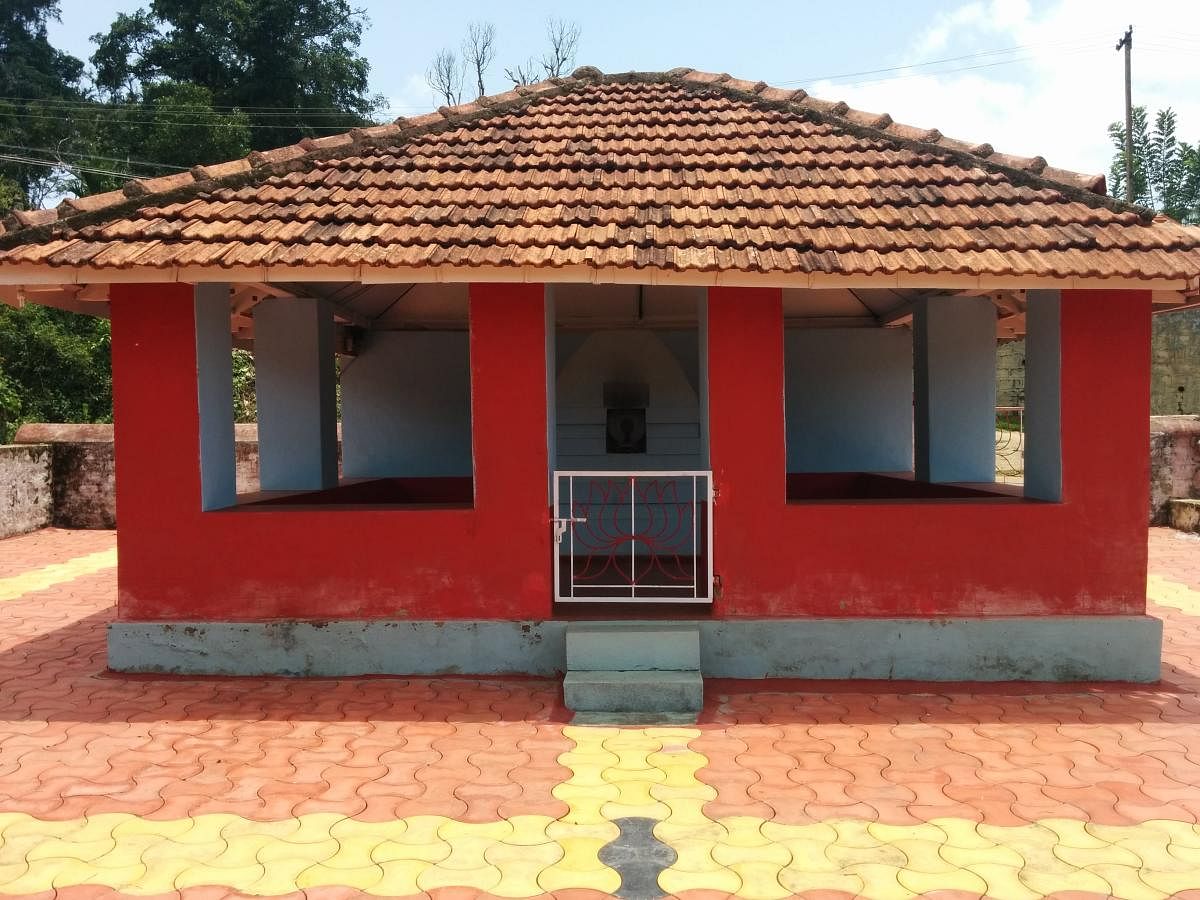
Mathanda Appachu was a tall young man from Beppunaad, Kodagu, who rose within the ranks in Chikka Vira Rajendra’s army to become a karyagara (officer). In 1834, the East India Company (EIC) sent an army of 6,000 sepoys to invade Kodagu.
This infantry of the Company’s Madras Army was divided into four columns. One column was to march into the region from the east, one from the north and two from the west until they reached Madikeri, the capital of the principality. The Kodagu army defended it fiercely, using weapons they had purchased from the Portuguese and other colonial powers along the western coast of India.
The northern column of the company’s infantry was to meet the eastern one near Harangi village. In order to do that they had to pass through another village near Somwarpet, which was secured by bakka (a defensive structure in a mud ditch, fortified with thick wooden planks) in the forest hills. This village was also the base of the Kodagu resistance.
Appachu and his men were in defence of the bunker and fought hard against the northern column. They aimed their guns through the wooden palisades of the bakka and killed 48 soldiers and injured 118, within four hours. No casualties were reported on Kodagu’s side, and thereby, the native army was able to beat the well-organised EIC army.
However, Chikka Vira Rajendra was not keen on angering the British and wanted to avoid further conflict, and he sent his diwans to surrender on his behalf. The eastern column was escorted from Kushalnagar to Madikeri. Three days later the Raja emerged from hiding and the British had by now taken over Kodagu.
The British were now keen on maintaining order and thereby, there was no retaliation for Appachu’s actions. Rather his bravery was appreciated and he was made the Subahdar (native governor) after he swore allegiance to them. A few years later, Subahdar Mathanda Appachu and 60 men suppressed some rebels, who had planned to take over Madikeri. He was awarded the Coorg Medal for this.
Appachu resisted Christianity but promoted western education. In a letter related to an endowment for the Mercara Central School (Madikeri Government School) dated 17th October 1863 in Madikeri, among the 13 signatories, the third was ‘Madanda Appachoo, Head-Sheristadar’. Thus, he was one of the founders of the School Endowment Plantation Fund which later became the Coorg Education Fund. Since Appachu was also the highest ranking native official of his time, he was known as the Diwan of Kodagu. This was an unofficial designation.
In Kodagu, a certain folk song describes the local government in the region. Eight chieftan clans called the desa thakka (regional chieftains) resided in places spread across Kodagu. The Mathanda was one of these. In Bollumad village of Beppunaad region, I chanced upon the sepulchre of Appachu. It lies in the lands of his descendants. This tomb has a small dome and turrets on top with four bulls at the corners of the flat roof.
There are also memorials of his predecessors, one is a white stone upon a platform on the grave of Mathanda Maanu and under a tree. The other is a small red shrine, called Kaimada, which is dedicated to Karicha of Kedamallur, the common ancestor of all Mathanda clan members.